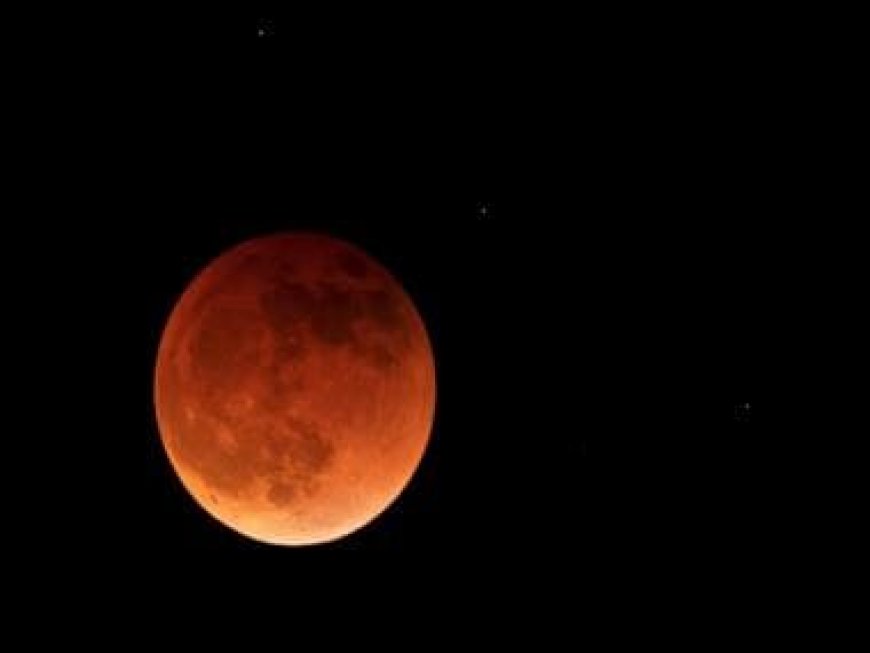Lunar Eclipse 2023: Mark your calendars for this year's second Chandra Grahan on 29 October
Lunar Eclipse 2023: Mark your calendars for this year's second Chandra Grahan on 29 October

In the year 2023, we are in for a celestial treat with a series of eclipses unfolding in the skies above. Eclipses occur when the Earth aligns itself between the Sun and the Moon, causing its shadow to cast upon our lunar companion. So far, we have witnessed one solar eclipse and one lunar eclipse, but there are still two more yet to come.
Mark your calendars for 29 October, as the second lunar eclipse of the year will grace our skies. According to the experts, this captivating event will commence at 1:06 am and conclude at 2:22 am. During this phenomenon, the Moon undergoes a mesmerising transformation, appearing darker and sometimes taking on a reddish or orange hue. This optical illusion occurs due to the Earth’s atmosphere bending sunlight and casting its reddish glow onto the Moon.
Sutak Period Details:
Let’s take a closer look at the specifics. The lunar eclipse on 29 October will span a local period of one hour, sixteen minutes, and sixteen seconds. Additionally, there is a period known as Sutak, which holds significance in Hindu beliefs. Sutak will begin at 2:52 PM on 28 October and end at 2:22 am on 29 October. For children, the elderly, and those who are ill, the Sutak starts at 8:52 PM on 28 October and concludes at 2:22 am on 29 October.
Lunar Eclipse and Different Types:
Lunar eclipses come in various forms. The first type is a total lunar eclipse, where the Moon fully passes through the Earth’s dark shadow called the umbra. The second type is a partial lunar eclipse, where only a portion of the Moon travels through the umbra. Finally, we have the penumbral lunar eclipse, occurring when the Moon grazes the outer shadow of the Earth known as the penumbra. The upcoming lunar eclipse on 29 October will be a partial lunar eclipse visible in regions including Australia, the Eastern Americas, Europe, Africa, and Asia.
Beliefs in Hinduism:
In Hinduism, the eclipses hold special significance. According to ancient beliefs, Rahu and Ketu, considered malefic planetary objects in astrology, periodically swallow the Sun and the Moon. This symbolic act results in solar and lunar eclipses. Such captivating phenomena remind us of the awe-inspiring beauty and intricacies of the cosmos, allowing us to marvel at the wonders that unfold above us.
What's Your Reaction?



























































